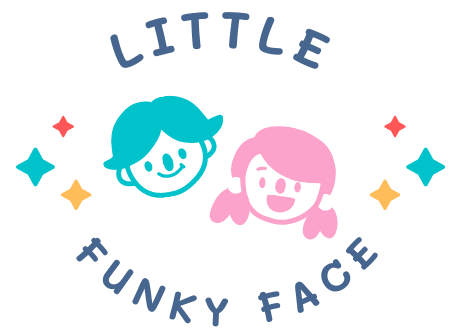In recent years, deepfake technology has emerged as one of the most talked-about innovations in the digital world. deepfake maker powered by advanced artificial intelligence (AI) and machine learning algorithms, allow users to create highly realistic videos and audio clips that manipulate real-life content. While the technology behind deepfakes has been widely praised for its potential in creative industries, it has also raised significant concerns due to its potential for misuse. This article explores what deepfake makers are, how they work, their legitimate uses, and the ethical implications they present.
What is a Deepfake Maker?
A deepfake maker is a tool or software that uses AI to manipulate or generate content, particularly videos, where the faces or voices of individuals are swapped or altered. This can include replacing one person’s face with another in a video or generating synthetic voices that mimic real individuals. The term “deepfake” comes from the combination of “deep learning,” a subset of AI, and “fake,” referring to the synthetic nature of the content.
The deepfake-making process typically involves feeding a machine learning model with large datasets of videos, images, or audio of the individuals whose faces or voices will be manipulated. The system then learns to replicate facial expressions, speech patterns, and other distinctive traits to create a highly convincing altered version of the original content.
How Does a Deepfake Maker Work?
Deepfake creators generally operate through two main types of AI technology: generative adversarial networks (GANs) and autoencoders. These technologies enable the creation of realistic media through training and refining large datasets.
- Training the AI: The first step involves feeding the AI system with numerous images or video clips of a person. These inputs help the system understand the unique features of the subject, such as their facial movements, voice, or body language.
- Face Swapping or Voice Synthesis: Once the system is trained, users can input new video footage or audio, and the deepfake maker replaces the original face or voice with the target’s face or voice. The AI adjusts the movements and expressions to align with the new identity, creating a seamless transition.
- Rendering the Final Output: The final stage is the rendering process, where the AI generates the altered video or audio, often producing a highly convincing result that can be hard to distinguish from real footage.
Legitimate Uses of Deepfake Makers
While deepfakes have gained notoriety for their association with misinformation and unethical content, they also have numerous legitimate and beneficial uses:
- Entertainment and Film Production: Deepfake technology has been embraced in the entertainment industry, where it allows filmmakers to bring historical figures to life, de-age actors, or create digital doubles for dangerous stunts. This technology can save time and money in production while enhancing storytelling.
- Education and Training: Deepfake technology has potential applications in education, particularly in the creation of realistic simulations. For example, deepfakes can be used to create historical reenactments, helping students engage with history in an immersive and interactive manner.
- Marketing and Advertising: Brands and advertisers are beginning to explore the use of deepfake technology to create personalized campaigns, where the faces of celebrities or even ordinary consumers can be swapped into advertisements, making content more engaging and relatable.
- Accessibility: In the realm of accessibility, deepfake technology can assist individuals with disabilities, such as those with speech or vocal impairments, by synthesizing their voices in a way that enables them to communicate more effectively.
Ethical Considerations and Risks
Despite its potential, deepfake technology presents significant ethical challenges and risks:
- Misinformation and Fake News: Deepfakes have been widely used to spread misinformation, especially in political contexts. Deepfake videos can make it appear as though public figures are saying or doing things they never did, leading to confusion, manipulation, and a breakdown of trust.
- Privacy Invasion and Consent: The ability to create deepfakes without a person’s consent raises serious privacy concerns. Individuals can be digitally manipulated in ways they never agreed to, leading to reputational damage and psychological harm.
- Cybersecurity and Fraud: Deepfake technology also poses a threat to cybersecurity. For example, cybercriminals could use deepfakes to impersonate employees, gaining access to sensitive information or performing fraudulent activities.
- Accountability: The anonymity and ease with which deepfakes can be created make it difficult to hold people accountable for malicious use. The spread of deepfake videos can quickly go viral, making it challenging to undo the damage once it’s done.
Conclusion
Deepfake makers are powerful tools that have revolutionized the way we create and interact with digital content. While the technology holds great promise in fields like entertainment, education, and accessibility, it also raises serious ethical, legal, and societal concerns. As deepfake technology continues to advance, it is crucial for developers, regulators, and users alike to understand its potential for harm and work together to establish guidelines that promote responsible use while mitigating the risks associated with misuse. By doing so, we can harness the creative potential of deepfakes while protecting individuals’ rights and ensuring the integrity of digital media.
